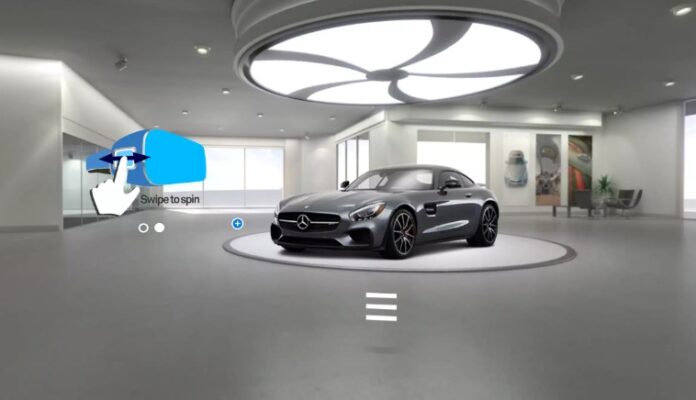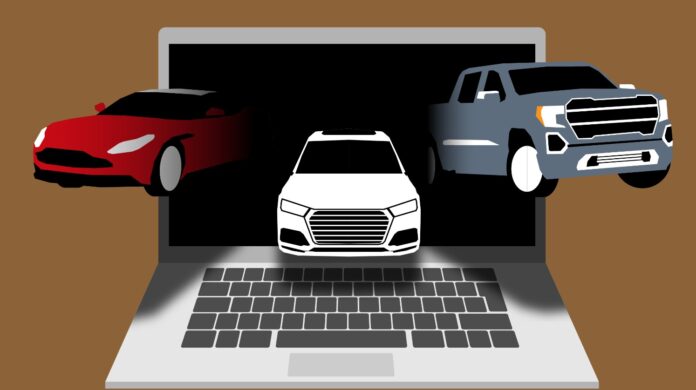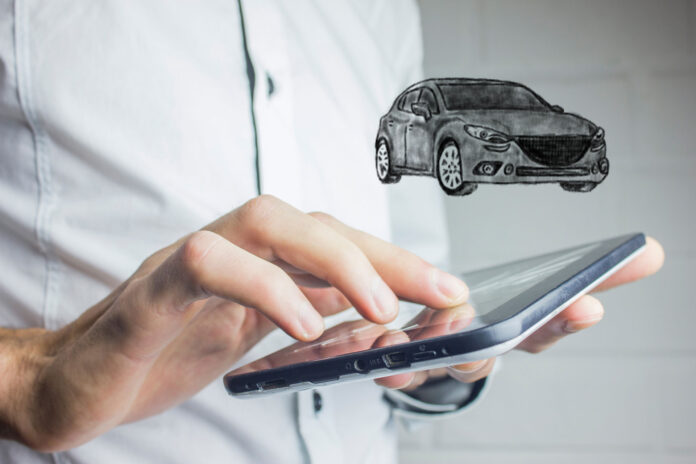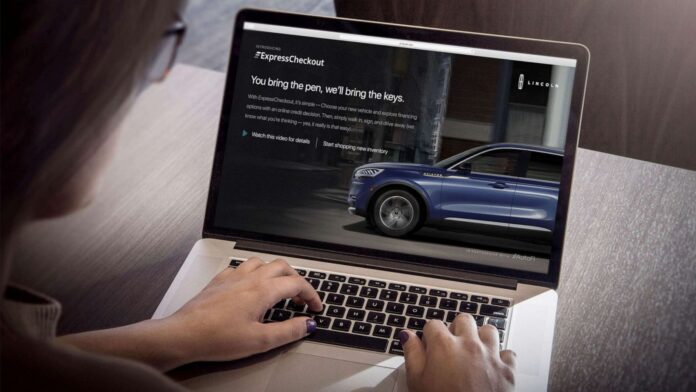For a long time, shopping for a car has been a lengthy (and often frustrating) process. It often involves haggling with salespeople at dealerships and a lot of back-and-forth.
Well, it turns out that most car buyers dislike the old way of doing things. In fact, a study conducted by Autotrader revealed that only 17 out of 4,002 consumers (less than 1%) prefer the current car-buying process.
In other words, a change in the car buying experience is long overdue.
Car sales move online

That change is finally here. It came about as a result of the COVID-19 pandemic and its effects on the retail economy. All of a sudden, people stopped shopping in stores as much and started buying everything from food to toilet paper online.
Car dealerships were forced to adapt as well. With the threat of the virus in the air, they had to find ways to minimize physical contact with customers. Naturally, this led to moving much of the car-buying process online.
Today, many car dealerships have taken a cue from the ecommerce sector and stuck to this digital-first retail model. Buying a car is much more like ordering a product from Amazon than ever before.
Hour-long showroom visits are becoming a thing of the past, while shopping for a car from home is becoming the new norm. Here’s a list of some of the ways in which the car-buying process has moved online:
1. Virtual showrooms

Instead of spending hours in a physical showroom with the pressure of a salesperson at their side, shoppers can now visit virtual showrooms to look at a dealership’s inventory from the comfort of their own homes. Virtual showrooms offer high-quality 360-degree panoramic views of different cars. They let you walk around the outside of a car and peek into its interior with just a few clicks.
2. Online reviews and reliability ratings
More and more car dealerships are providing comprehensive user reviews and reliability ratings for their vehicles on their websites. This allows customers to compare different cars and make a more informed decision about which to buy. Plus, it allows consumers to do this in a low-pressure environment (at home) before ever visiting a dealership in person.
According to Tiger Okeley at car dealership Oak Motors, “Most of our customers visit our locations with a car already picked out. They just come in to finalize the deal. This speeds up the entire sales process and makes it more convenient for everyone involved.”
3. At-home test drives

Another way that car shopping has moved online is the introduction of at-home test drives. Many dealerships will offer to deliver the car you are interested in to your home for you to test drive. They then pick it up again after 24 or 48 hours. This lets you get a feel for the car without needing to go on a test drive with the pressure of a salesperson in the passenger seat.
4. Online financing options
Traditionally, car dealerships would pressure customers into using their preferred car financing options. But now that people can shop for cars online, they can also shop for car financing options on their own. They can compare interest rates, loan terms, and more online and then apply for the credit and payment models they prefer.
5. Contactless car delivery
Once someone has finalized their car purchase, they can have the vehicle delivered directly to their home. During the pandemic, this helped avoid unnecessary physical contact to minimize the threat of the virus. But even now, many consumers prefer having their car delivered because it’s more convenient than going into the dealership to pick it up. It allows consumers to not interact with anyone if they don’t want to.
Consumer response to online car sales

As you might expect, the consumer response to online car sales has been overwhelmingly positive. Why? Because buying cars online results in a larger car selection, more transparency, less haggling, and faster transactions overall.
Another reason so many have embraced buying cars online is that millennials and Gen Xers now make up most of the population. These generations are already accustomed to the speed and convenience of online shopping. It’s no wonder they expect the same experience when buying a car.
According to a study conducted by Assurant, 75% of respondents were interested in fully executing a car purchase with home delivery, and 89% would be more likely to purchase from a dealership that offered online options.
Of course, many consumers still like some aspects of the traditional car-buying process, just not the time-consuming ones. Hence, the Assurant study also showed that 95% of consumers want a combination of offline and online options during their car-buying journey, and 94% want to shift configuring payments, reviewing documents, and reviewing contracts online.
As a result, a hybrid approach to car sales is best—one in which consumers can start their car shopping experience online and then come into the dealership to clarify any remaining questions and finalize the deal.
The future of online car sales

It’s clear that shifting much of the car-buying process online was a net positive for consumers and dealerships alike. Consumers benefit from a faster and smoother car-buying process, while car dealerships have become more profitable than ever before.
According to a report from the National Automobile Dealers Association (NADA), net profit before tax at the average new car dealership through the first nine months of 2021 was up 128.2% over the same period in 2020.
Part of this has to do with the fact that COVID-19 forced many car dealerships to operate with smaller inventories and increase their car prices. However, much of it is a result of shifting to an online sales model that expanded dealerships’ pool of potential customers and improved the consumer experience.
Ultimately, car dealerships that embrace the shift to online sales will thrive, while those who don’t will be left behind by those who do.









